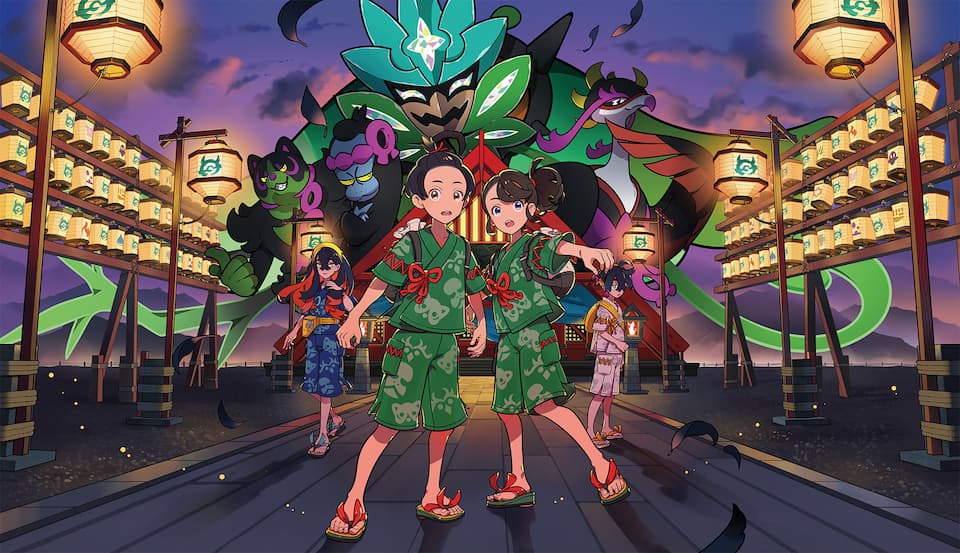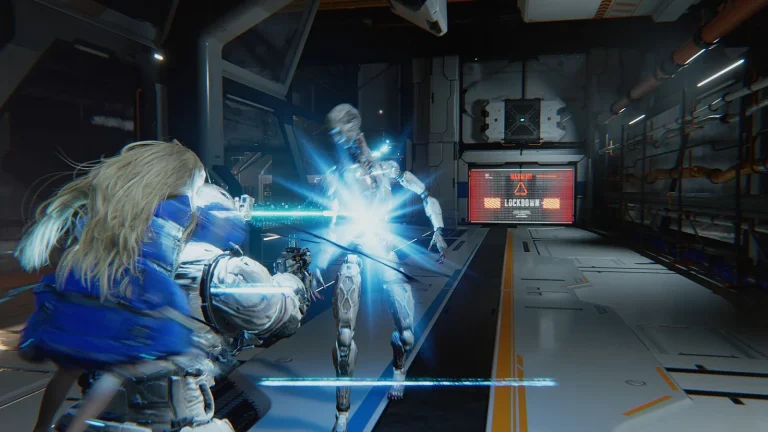The Teal Mask DLC for Pokémon Scarlet and Violet released just recently, and the game’s environment is full of minute, carefully placed details that recreate a nostalgic and comfy atmosphere of rural Japan. The polished graphics and believable environment are earning the praise of players, who are reminded of the in-game village’s real-life model in northern Japan.
The Teal Mask is the first expansion of The Hidden Treasure of Area Zero DLC for Pokémon Scarlet and Violet. The story takes the player on a school trip to the land of Kitakami, a tranquil village nestled at the base of a mountain. The plot centers around Kitakami’s local folktales and the mysteries that surround them.
Now, the in-game Kitakami being modeled of the real life Kitakami City in Iwate, Japan had already been creating excitement before the DLC was released, with users pointing out that not only do the names sound the same, but that the in-game Kitakami’s map resembles the map of the northern Tohoku region (where Kitakami City is located) when turned sideways. The lakes and mountains in the game-field were also found to correspond to real-life ones, and the announced details such as apple orchards and rice fields were found to be reminiscent of the real-life region.

These fun theories where all based on trailer videos and information that was released up until the release, but now, players are experiencing the environment for themselves, discovering an abundance of minute details that help recreate the warm Japanese countryside vibes. In fact, it’s come to the point where many complain of being too mesmerized by the environment to move forward in the plot, favoring going on peaceful exploration walks around Kitakami.
From family plantations, messy sheds and haphazardly placed wheel carts and supplies to traditional Japanese rain chain gutters, players singled out all the plot-unrelated goodness they discovered on their walks, and one player even made the conclusion that the village is set in modern-day Japan based on none other than the specifications of the houses’ propane gas meters and related devices.
The new DLC’s overall environment, including landscapes and building interiors and exteriors are all so reminiscent of rural Japan that Japanese players are finding that it’s “messing with their heads,” as seeing Pokémon going about in such a familiar environment makes it seem almost like a crossover with reality. At the same time, this means that worldwide players, though missing the element of nostalgia, get a chance to experience an authentic rural Japan through the game that many have likely yet to see in real life.





